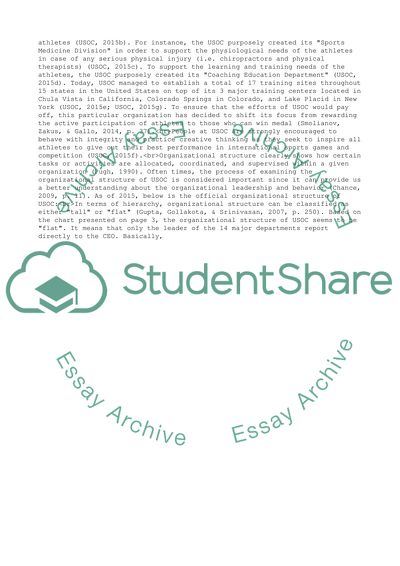Cite this document
(“Sports Governance Essay Example | Topics and Well Written Essays - 1750 words”, n.d.)
Retrieved from https://studentshare.org/management/1698537-sports-governance
Retrieved from https://studentshare.org/management/1698537-sports-governance
(Sports Governance Essay Example | Topics and Well Written Essays - 1750 Words)
https://studentshare.org/management/1698537-sports-governance.
https://studentshare.org/management/1698537-sports-governance.
“Sports Governance Essay Example | Topics and Well Written Essays - 1750 Words”, n.d. https://studentshare.org/management/1698537-sports-governance.


